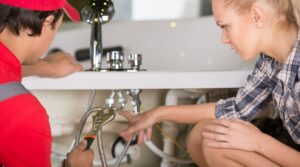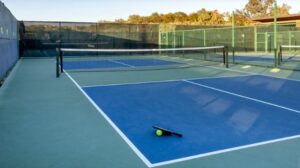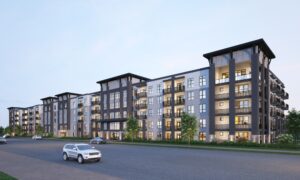
Investing in tennis court resurfacing in Georgia is a smart decision for maintaining playability, safety, and appearance. But the work doesn’t stop after the surface has been redone. To truly protect your investment, you need to follow proper post-resurfacing maintenance practices that will extend the court’s lifespan and reduce long-term repair costs.
With proper care, resurfaced courts can remain in excellent condition for years. Here’s how to get the most out of your newly refinished surface.
Understand the Role of Resurfacing
Resurfacing revitalizes your tennis court by addressing surface wear, cracks, and fading. It improves traction, restores vibrant color, and enhances overall performance. This process is typically recommended every 4–8 years, depending on usage and weather exposure.
There are multiple benefits of resurfacing a tennis court, including improved safety, aesthetics, and play consistency. However, these advantages can quickly diminish without a commitment to routine maintenance.
Keep the Surface Clean and Debris-Free
Regular cleaning is one of the most effective ways to extend your court’s lifespan. Leaves, dirt, and organic debris can trap moisture, leading to mildew growth or surface discoloration. Over time, this can weaken coatings and affect surface traction.
A soft-bristle broom or leaf blower should be used weekly to keep the court clear. Occasional light washing with clean water (never high-pressure) helps remove dust and pollen buildup. Be mindful not to use harsh chemicals, which can degrade the surface over time.
Inspect and Repair Minor Damage Promptly
After resurfacing, minor issues like hairline cracks or birdbaths (small dips in the surface) should still be monitored. Although the resurfacing process covers most imperfections, frequent court use and weather exposure may cause new ones to develop.
Inspect the surface monthly. Addressing early signs of wear prevents small problems from escalating into larger, more expensive repairs. Quick fixes, such as crack fillers or patching kits, can be applied by professionals to preserve the smooth finish.
Protect the Surface from Excessive Water Exposure
Standing water is one of the biggest threats to a tennis court. It accelerates surface deterioration and may cause coating separation. Proper drainage should already be in place, but homeowners and facility managers should routinely check that surrounding areas are free of clogs or erosion that could lead to pooling.
Avoid storing items like benches or equipment in a way that blocks water flow. Trim landscaping and maintain proper grading to ensure runoff stays away from the court.
Manage Usage and Equipment Carefully
Footwear and equipment usage have a direct impact on court longevity. Encourage players to use non-marking, court-specific shoes to avoid scuffing or dragging marks. Likewise, avoid placing heavy equipment on the surface that may cause indentations or damage.
If the court is used for activities other than tennis, such as pickleball or basketball, make sure the surface is equipped to handle varied impacts or consider rotating use to minimize wear in concentrated areas.
Refresh Court Lines and Coatings as Needed
Even with careful maintenance, painted lines and coatings will gradually fade due to UV exposure and play. Touch-up work may be needed between resurfacing intervals to maintain a fresh, professional appearance.
Regular repainting helps preserve visibility and playability. When combined with proper cleaning and minor repairs, these updates can extend the effectiveness of the resurfacing work.
Plan for Long-Term Care
Understanding tennis court resurfacing includes not just the initial process but the upkeep that follows. With a preventive approach, resurfaced courts can deliver peak performance for many seasons without major restoration work.
Conclusion
Proper care after tennis court resurfacing is essential for preserving performance and extending the lifespan of your court. By cleaning regularly, monitoring surface health, managing usage, and refreshing coatings when needed, you protect your investment and ensure a safe, enjoyable playing experience for years to come.








